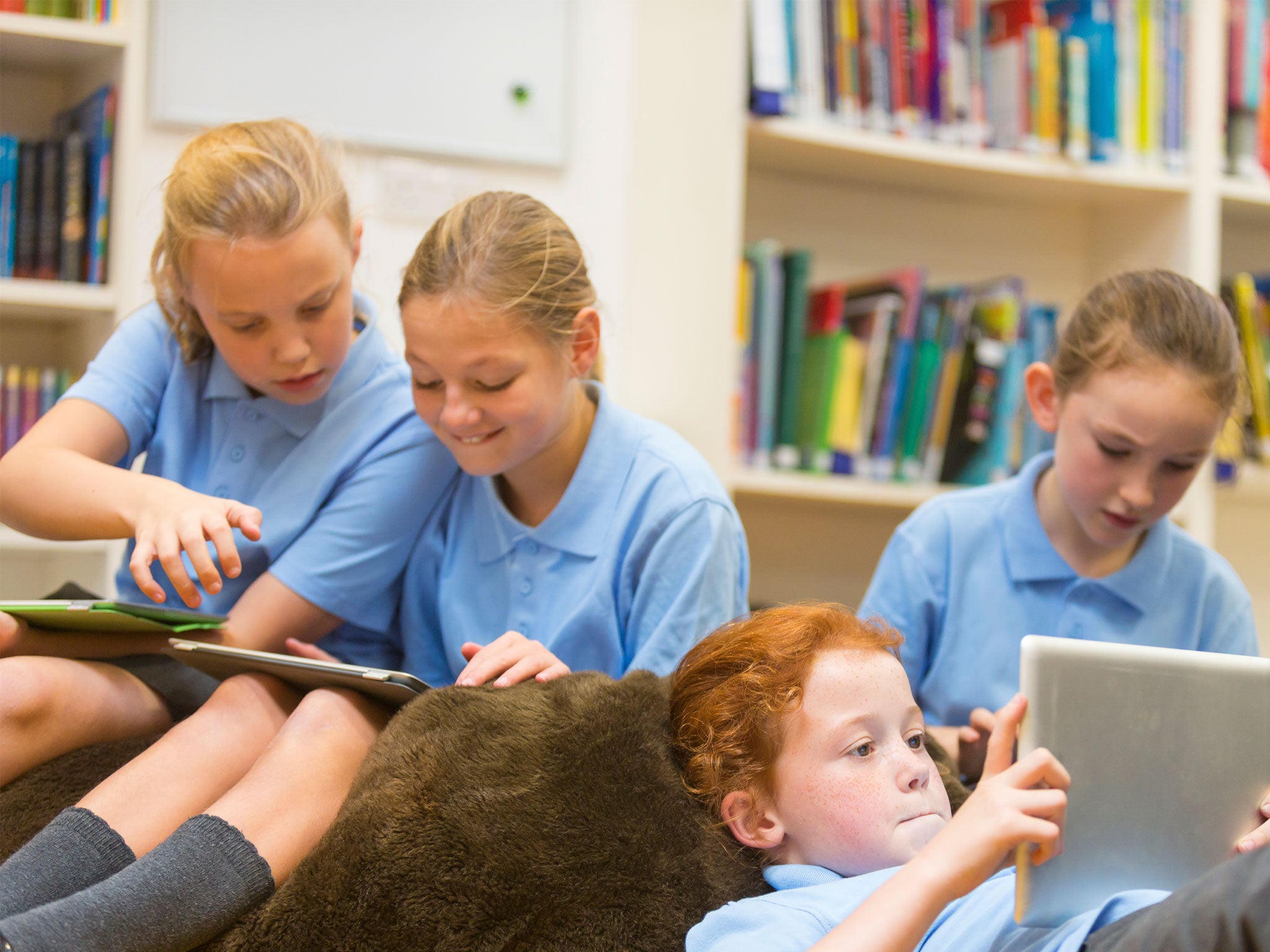Children with no shoes on 'do better in classroom', major study finds
Following example set in Scandinavia, a decades-long study involving 25 schools around the world found that children were more engaged in a 'shoeless' environment

Your support helps us to tell the story
From reproductive rights to climate change to Big Tech, The Independent is on the ground when the story is developing. Whether it's investigating the financials of Elon Musk's pro-Trump PAC or producing our latest documentary, 'The A Word', which shines a light on the American women fighting for reproductive rights, we know how important it is to parse out the facts from the messaging.
At such a critical moment in US history, we need reporters on the ground. Your donation allows us to keep sending journalists to speak to both sides of the story.
The Independent is trusted by Americans across the entire political spectrum. And unlike many other quality news outlets, we choose not to lock Americans out of our reporting and analysis with paywalls. We believe quality journalism should be available to everyone, paid for by those who can afford it.
Your support makes all the difference.Children who learn with no shoes on are more likely to behave better and obtain good grades than peers with footwear, a decade-long study has revealed.
Researchers at the University of Bournemouth found that pupils who leave their shoes outside the classroom are more likely to arrive to school earlier, leave later and read more widely – ultimately resulting in better academic achievement overall.
From observing thousands of children from 25 countries over ten years, academics say they want to encourage the practice to be adopted in UK primary and secondary schools.
There are already a number of schools in England where the policy has been implemented, following on from Scandinavian habits, where the practice is considered normal.
As well as visiting schools in New Zealand and Australia for the project, researchers studied children’s attainment at a school in west London after the habit was introduced, analysing the pupils’ academic results all the way up through to university.
Experts found that by removing shoes, classrooms were quieter, providing a calmer atmosphere where pupils were more willing to engage in learning activities.
In Scandinavia and other northern European countries, it is common practice to leave shoes outside the classroom during bad weather, so as not to bring in slush and snow from outside.
However schools in Spain, where it is more common to wear shoes indoors, also tested out the theory and found improved learning and pupil behaviour.
Experts believe having children remove their shoes for the classroom improves their learning because it makes them relax and “feel at home”, and have called on teachers in the UK to apply similar “shoeless” policies “to give children the best possible chance of performing in their exams”.
Professor Stephen Heppell, who led the research with the Centre for Excellence in Media Practice at Bournemouth University, said: “Children are much more willing to sit on the floor and relax if they have no shoes on.”
“The last place a child would sit to read is an upright chair and we’ve found that 95 per cent of them actually don’t read on a chair at home. When they go on holidays they read lying down.
“Having conditions in the classroom that are like those at home means that more boys are reading in the classroom.”
“In shoeless schools children also arrive earlier and leave later, which translates into half an hour of extra learning a day on average.”
Wearing socks inside also means schools spend around 20 per cent less on cleaning bills, according to Professor Heppel, and less money on furniture since children sit on cushions on the floor.
According to the academic, bullying in schools was also markedly reduced.
Because “everything is going in their favour”, he added, children’s academic standards tend to improve too.
“The key to attainment is engagement and if children want to be there and enjoy being there, universally they do better. When they arrive late and leave early and are disengaged, their performance suffers. Kids with shoes on are less engaged than those without shoes.”
Should schools in the UK wish to introduce a no-shoe policy, Mr Heppel advises that staff including head teachers and guests should also adopt the habit.
As for smelly feet, the academic said this was not a problem – “children’s shoeless feet do not smell, it is the shoes that make them smelly”.
Join our commenting forum
Join thought-provoking conversations, follow other Independent readers and see their replies
Comments